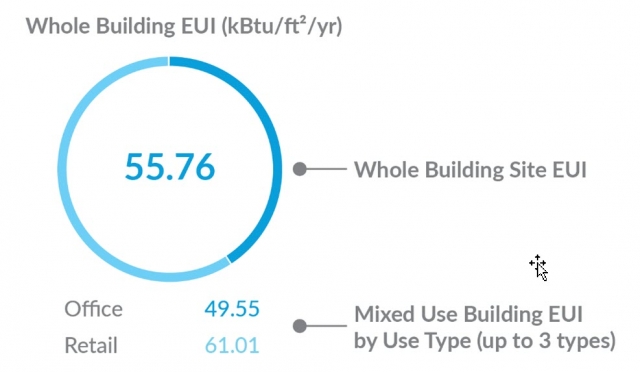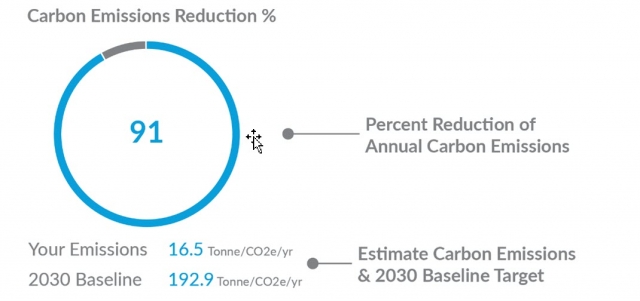5 Building Performance Metrics Every Architect should know.
Author: Sandeep Ahuja and Marco Aguirre

1.EUI (kBtu/ft2/yr)
EUI is an abbreviation for Energy Use Intensity, EUI is expressed as the energy per square foot per year (kBtu/ft2/yr). By calculating the EUI, architects can better predict the project’s cost, which is directly linked to a building's energy consumption and expenditure. With Cove.tool, architects and engineers can calculate ballpark results in minutes, helping teams understand big picture components without wasting time to prep models and set up engineering inputs.

2.Carbon Emissions (Ton/CO2e/yr)
Also known as the climate-change metric, carbon emissions are expressed as the equivalent tons of CO2, Carbon Dioxide, generated annually by the process of supporting human activity. Thus, the metric allows for a tangible measurement, in kilograms/year, of the impact and extent the building has on the atmosphere. In construction, the value of designing with carbon emissions in mind is more imperative than ever. Buildings contribute to 40% of the total carbon emissions in United States, this number changes by each city. For example, in the city of Atlanta, buildings contribute close to 60% of total carbon emissions! Global Warming continues to affect our cities and the impact is forcing the industry to change. Owners and occupants are increasingly conscious of the landscape we build and the Ton/CO2e/yr allows us to illustrate a quantitative bottom line.

3. Utility Cost ($/kW-hr, $/therm, and $/ft2)
Electricity, Natural Gas, and Water Utilities are a major factor when calculating a building’s life cycle costs. Knowing one’s utility cost per square foot can also help determine the financial impact of different design options especially early in the design stages when massing is substantially variable. A quick calculation can help weigh one option over another when cost becomes an urgent deciding factor. This metric is also crucial to estimating the payback period, the time in which it takes a project’s efficiency efforts to return in savings the project’s first costs.
4. LEED Points
Building performance certifications attract tenants, students, and desired talent to facilities. It's been proven that certified buildings earn more $/sf in rent. With certification systems like LEED (USGBC), WELL Building, Green Globes and more, project teams everywhere must continue to evolve if they want to keep up and meet the higher building and sustainability standards of today. LEED Points, in particularly, are a very useful metric to understanding various aspects of a building’s performance. For example, LEED’s EAc2 – Optimize Energy Performance credit which measures the percent improvement from baseline energy performance to assign x’ number of points. The higher the percentage of improvement - the greater number of LEED points, thus a building of high performance, higher expected savings, and happier owners and building managers.
5. Energy Breakdown
Forming the Whole Building EUI, the energy breakdown is the various building/ operational system components which consume and expedite energy, aka your building loads. Examples include cooling, heating, lighting, equipment loads, fans, pumps, hot water and more. Each energy consumption categories performs differently and depending on their unique make-ups, each load will have a drastically different energy use input which may or may not make it the dominant load in your final Whole Building EUI calculation. Knowing where each category stands, i.e. its product/performance type and expected energy use rate will help identify which system needs additional attention in order to improve the overall systems synergy.